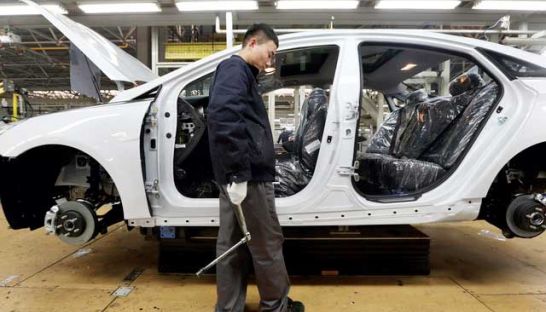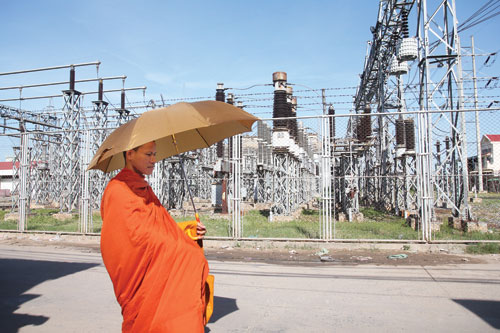Hyundai’s Cambodia plans
Hyundai’s Cambodia plans
After two years of assembling Hyundai vehicles in Cambodia for the domestic market, South Korea-based Hyundai Motor Company is increasing its production to meet rising demand, aiming to reach 800 units in 2013, a company’s representative said.

“We hope to achieve it,” Lim Visal, director of Hyundai’s Cambodian assembler, Camko Motor Company, said in an interview on Tuesday.
Visal is confident that despite a shortage of parts from South Korea due to high global demand for Hyundai vehicles, the company can continue to gain market share in Cambodia.
“We perceive the outlook for the near future to be very positive,” he said.
Located in the Koh Kong Special Economic Zone, about 370 kilometres southwest of Phnom Penh, Camko Motor Company is a joint venture between Hyundai distributor KH Motors and Cambodia’s Ly Yong Phat Group. The operation currently employs about 30 people.
Camko Motor plans to build a new warehouse to accommodate more stock as well as expand its showroom, but details on the scheduling have been scant.
In the domestic market, the company produces SUVs and 12-seater vans.
Visal said Camko is also contemplating exporting the cars it assembles in Cambodia.
As production costs rise in countries such as China, Thailand and Vietnam, more companies could relocate to Cambodia where manufacturing is cheaper, industry observers have said.
The Cambodian automotive industry will expand after the Kingdom’s integration into the Association of Southeast Asian Nations Economic Community in 2015, thanks to the free flow of goods within the bloc and Cambodia’s competitive advantage as a low-cost manufacturer, according to Cambodian Commerce Minister Cham Prasidh.
Speaking to reporters at the First Phnom Penh International Motor Show in March, Prasidh said that many Japanese-based companies in Thailand and Vietnam are considering coming to Cambodia to operate assembling factories.
“Companies can import tires from Malaysia, the mirrors from Indonesia, or other spare parts from other countries and then assemble them in Cambodia where the production cost is cheaper,” Prasidh said, highlighting Cambodia’s low-cost labour advantage.
phnompenh post














